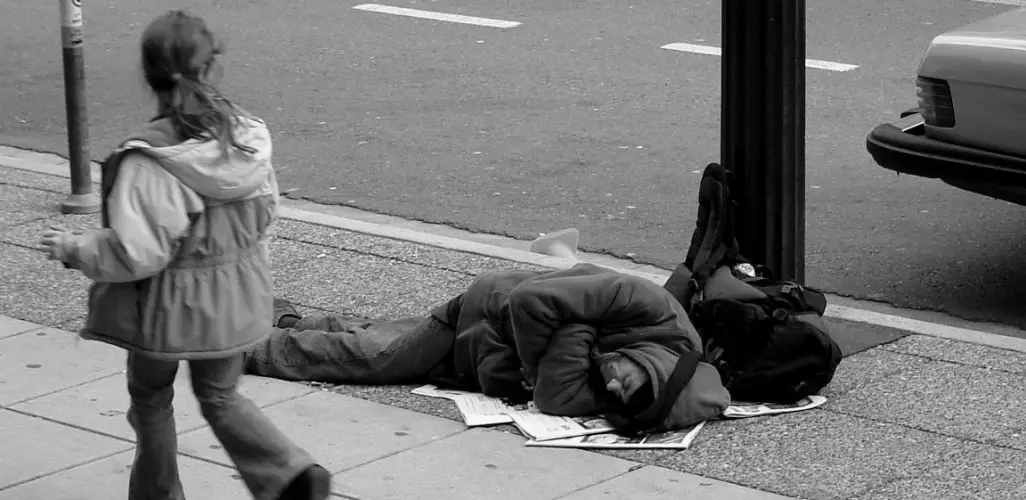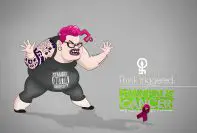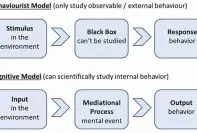Definition
The phenomenon which explains the likeliness of a person to take some sort of action to help someone in distress depending on the number of people present in the scene is regarded as bystander effect.
If you witnessed a emergency situation happening in front of you, you would definitely take some sort of action right?
Psychologists argue that it may not be the case as number of people present in the scene impacts how you (a person) would react.
A basic understanding of this phenomenon is that when there are fewer people in the scene or a person is alone, he/she is more likely to feel responsible to take some sort of action.
On the other hand, if there are many people, there occurs a diffusion of responsibility and no single person is entirely responsible which then causes inaction.
Examples of the Bystander Effect
The Famous Bystander Effect Example
Most famous example used in all introductory psychology textbooks under bystander effect is the murder of the young woman named Catherine Genovese.
In 1964, March 13 – Friday, Catherine was murdered in front of her apartment entrance as she was on her way home from work.
The incident first began at 3:20 am, at which point, she repeatedly cried for help, but none of the dozen or so people living in nearby building who heard the cries contacted the police. It was 3:50 am before the police was contacted.
Example: Bystanders near an accident.
Another example of the bystander effect can be something that all of us experience or have experienced.
Say, we were to witness an accident on a street. If the street is empty and we are the sole individuals to witness such incident, we feel obliged to help those in distress.
However, supposing that the incident occurred in a busy street with 10s of people, we automatically feel less obliged to take any sort of action.
Bystander Effect Experiment
It was the researchers Bibb Latane and John Darley who first experimented the phenomenon that number of people present in the scene directly impacts how people take action.
In one experiment, participants were placed in three different treatment conditions.
Treatment conditions
- Placed alone in a room
- Placed with two participants
- Placed with two confederates pretending to be participants
As a part of the experiment, smoke began to fill the room. Three different conditions led to three different results.
Experiment statistics showed that 75% of the alone participants reported the smoke to the experimenter.
When there were two other participants, only 38% of the subjects reported the smoke.
And lastly, when the confederates completely ignored the smoke the number further dropped to only 10% of the participants reporting the smoke.
Further experiments were carried out by Latane and Darley in 1969, which showed the statistical report that 70% of people would help a woman in distress when alone but the number dropped to 40 when other people were present.
Why does Bystander Effect occur?
There are two major factors leading to the bystander effect.
Diffusion of Responsibility
When there are other people present in the scene the onlookers do not feel any sort of pressure to take action, as the sense of responsibility is divided among the total number of people present.
Behaving in Socially Accepted Ways
When an onlooker looks towards the crowd to determine what he/she should do and sees the crowd not responding, he/she takes it as a signal that they are not obliged to take any kind of action regarding the matter. Thus behaving in the accepted way of the crowd.
In the case of Catherine Genovese, 38% of the witnesses reported that they had thought it was only a lover’s quarrel and nothing severe.
Also, there are other characteristics that come into play, like the context for once.
When something happens suddenly, it can be chaotic, thus onlookers might not even be able to tell what exactly is happening. Such chaotic circumstances can lead to helplessness and inaction.
Can Bystander Effect be Prevented?
Psychologists suggest that one way to break this cycle is to be aware of it. If you’re aware of the existence of this phenomenon, you can act differently.
But what if you’re the one in distress and there’s a whole crowd of people looking at you but not a single one lending a helping hand. In this case, you can single out any individual from the crowd. Make eye contact and directly ask for help with one particular individual, this makes it lot harder on people to turn you down.




